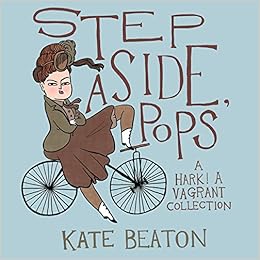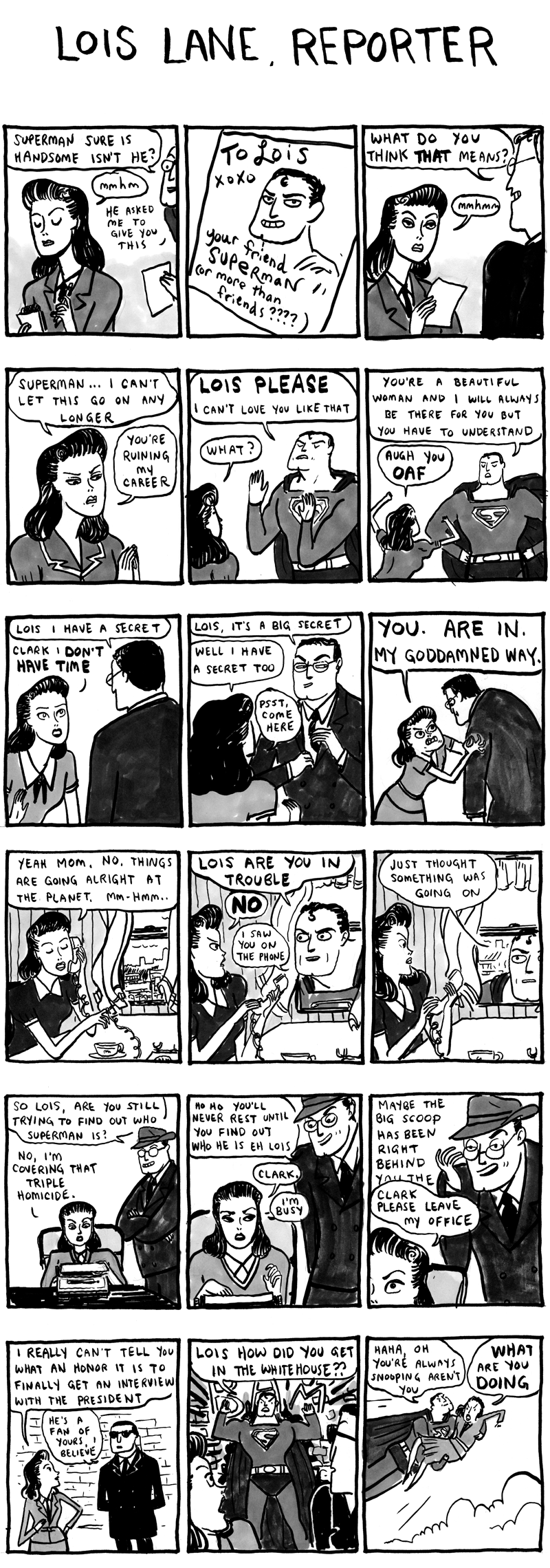I love comics, especially the literary variety known as graphic novels. I was ecstatic when I heard that the art school was going to host a talk by none other than Art Spiegelman, the Pulitzer Prize-winning comics artist, as part of the Stamps Distinguished Speaker Series. He solidified the genre of the graphic novel with his work “Maus”, a gripping account of his father’s survival during the Holocaust with Jews depicted as mice and Nazis depicted as cats.
Spiegelman’s presentation was titled “Comics is the Yiddish of Art”, the thesis that drove his roughly 90-minute talk. He described his inspiration from the greats, starting with Superman creator Jack Kirby, a Jewish American like himself. As the talk went on, Spiegelman argued how comics were not just a home for Jewish American artists, but for outsiders in general. He compared the localized nature of Yiddish with the fluid grammar of comics as a visual medium. The unusual comparison felt justified and of personal interest to Spiegelman.
But his talk fell flat when he addressed the sexism and racism that has fueled comics for decades. After discussing how comics were condemned by authorities and even burned due to their provacotive content, he showed an example of how comics (by men) hid images of women’s groins and breasts in the background. This was followed by an anecdote of how he loved to draw women’s breasts and groins in junior high that he would then morph into the faces of dogs to avoid repercussion. This got a laugh out of the audience, but I was unsettled. The art professor who had introduced Spiegelman to the audience, the incredibly talented Phoebe Gloeckner of “Diary of a Teenage Girl” fame, had said she was interested in hearing the connection between Jewish identity and comics as she had always felt as an outsider due to being a woman cartoonist. The way Spiegelman showed comics’ history of objectifying women made it feel inevitable, as “boys will be boys”. I wondered if male cartoonists ever considered how their crass attitude to portraying women alienated their peers like Gloeckner.
His discussion on racism had a similar problem of perpetuating the stereotypes that keep diverse artists out of comics. While calling out the racist caricatures that became a foundation for comics, he showed how he made a cover full of racist caricatures for “Harper’s Bazaar” after Danish newspapers went under fire for depicting the prophet Muhammad, which is prohibited by Islam.

I was disappointed. Spiegelman spoke of his frustration with identity politics and his disillusionment in becoming a spokesperson of sorts for the Jewish community when he considers himself an artist first and foremost, leading me to believe he is against having art shoehorned due to the identity of its author. And yet he was continuing comics’ tradition of not being sensitive to the disrespect faced by people with marginalized identities in the art world.
I am cognizant that Spiegelman used coarse language with all social identities depicted in the art he included in his talk. He shared stories of being considered anti-Semitic for not portraying Jews or the Holocaust in a traditional way, a discussion best left to his own community. But as a Latina who is always striving to find representation in the media, I was not amused by his lack of interest in making comics a more inclusive medium. After his talk I was inspired to send an op-ed comic of my own to the Michigan Daily, and I finish this article with my head held high and hopeful of the future of diverse artists.




